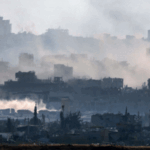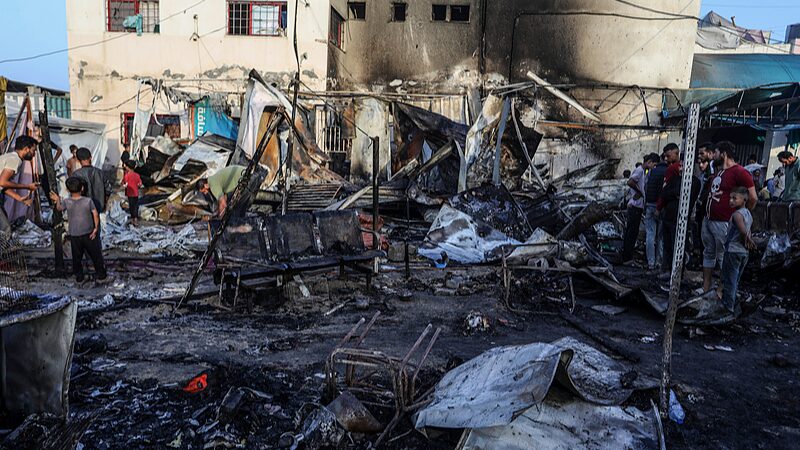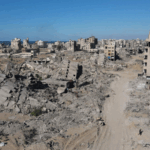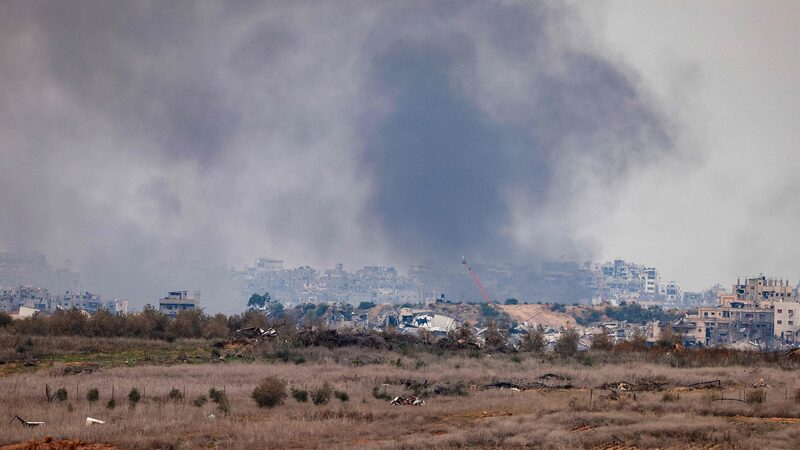As the U.S.-brokered Gaza ceasefire enters its second month, mounting challenges threaten to unravel the Trump administration's peace plan. Humanitarian aid shortages, disputes over hostage remains, and disagreements about military boundaries have kept tensions simmering despite reduced violence.
Humanitarian Aid Falls Short
Critical supplies remain at just 24% of promised levels, with only 145 aid trucks daily entering Gaza instead of the pledged 600. The World Food Program reports delivering only half the required food supplies, while displaced residents face worsening conditions as winter approaches. Israel attributes restrictions to alleged aid diversion by Hamas and delays in hostage remains transfers – claims the group denies.
Hostage Exchanges Continue Amid Tensions
Despite ongoing friction, both sides maintain prisoner exchanges under the peace framework. Hamas has released 20 living hostages, while Israel freed nearly 2,000 Palestinian detainees. The process includes transferring remains, with 24 deceased hostages returned to Israel and 300 Palestinian remains handed over, though identification challenges persist.
The 'Yellow Line' Boundary Dispute
Newly installed yellow concrete markers now demarcate Israeli-controlled zones covering half of Gaza. Initially intended as temporary security measures, these boundaries have become flashpoints for disputes over civilian movement and displaced residents' right of return. Analysts warn the lines risk becoming permanent without clear withdrawal timelines.
Long-Term Peace Prospects Uncertain
The Trump administration's 20-point plan – envisioning phased Israeli withdrawals and eventual international oversight – faces growing skepticism. With no defined deadlines for demilitarization or stabilization force deployment, experts predict the current fragile status quo could persist for years, leaving Gaza's 2.1 million residents in prolonged uncertainty.
Reference(s):
Trump's peace plan under strain as Gaza truce enters 2nd month
cgtn.com







